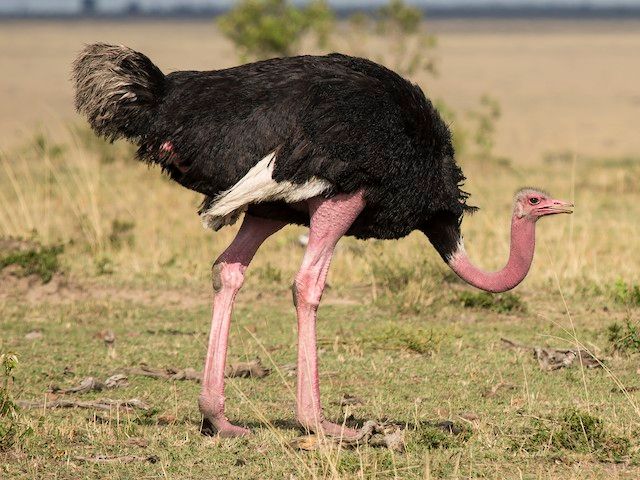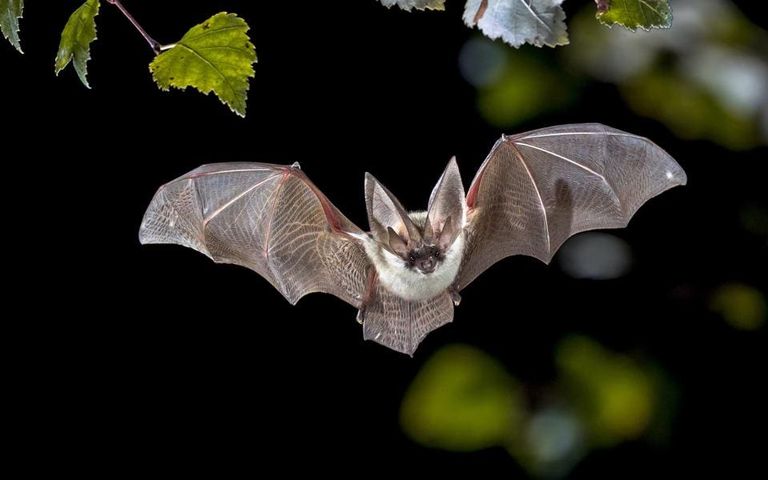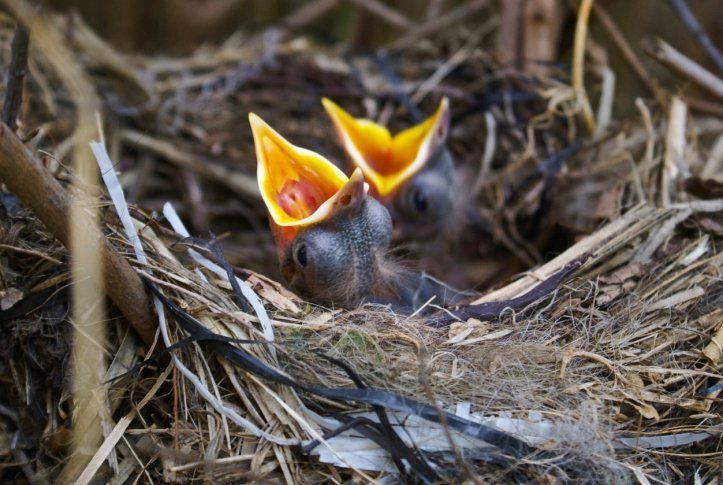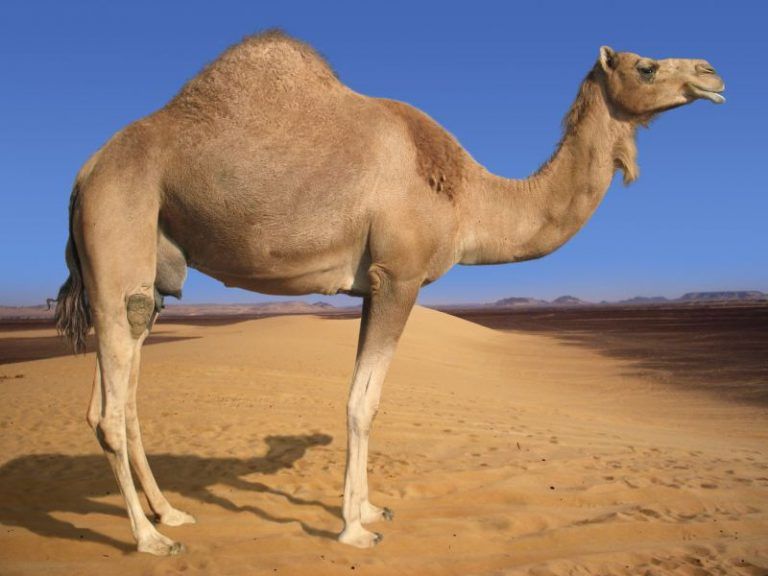
How would you feel if I told you that the bizarre animal information you heard was untrue? I'm sure you've heard of the three-second memory span of goldfish or the mother bird's rejection of her young if it comes into contact with a human. These are untrue, but they've somehow been passed down—I'm sorry to break that to you. Let's see some of them!
1 . When frightened or in danger, ostriches will bury their heads:

You've probably heard about this myth before. Numerous cartoons and films have portrayed it, yet it is untrue. Although it won't bury its head entirely in the sand, an ostrich will occasionally cock its head toward the ground when it perceives danger. How will its breathing be? Using their long necks, they can detect possible predators from a distance and camouflage themselves by pressing their necks close to the ground. They may appear to have their heads buried in the sand when viewed from a distance.
2 . Bats are not blind:

You probably already know the expression "as blind as a bat." In order to traverse their environment and orient themselves in space, the majority of bats are nocturnal animals with exceptional hearing that prefer to use echolocation over vision. However, this does not imply that their eyes are bad. Despite the fact that certain bat species have poor eyesight, others, like fruit bats, make use of their superior sense of vision to find fruits and flowers and understand their surroundings. In fact, certain bat species have been observed to hunt during the day using their vision.
3 . If you touch a mother bird's chicks, she will leave them:

This myth's justification is that although mother birds can identify their young by scent, a person's aroma masks it when a human touches them. Since most birds lack a keen sense of smell, your scent will not be detected by their young. Most likely, this story got started to stop people from stealing the baby birds from their mothers. Just a brief word of caution: mothers are among the most awful beings in the world. Therefore, refrain from stealing young birds for your own benefit.
4 . Camels do not keep water in their humps:

Camels do not keep water in their humps in order to live in the desert. Indeed, I am aware. When I discovered out, I felt the same disappointment that you did. Rather, the fat that their humps store can provide the animal with energy in times of scarcity for both food and drink. Nevertheless, the anatomy of a camel is designed to maximize the amount of water it stores and to use it as effectively as possible.
For today, that is all. Which additional myths about animals are false, in your opinion? Put them in the comments section.

:::Discord:::Twitter :::

Upvoted. Thank You for sending some of your rewards to @null. Get more BLURT:
@ mariuszkarowski/how-to-get-automatic-upvote-from-my-accounts@ blurtbooster/blurt-booster-introduction-rules-and-guidelines-1699999662965@ nalexadre/blurt-nexus-creating-an-affiliate-account-1700008765859@ kryptodenno - win BLURT POWER delegationNote: This bot will not vote on AI-generated content